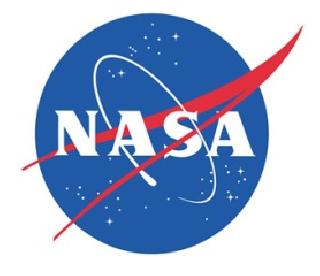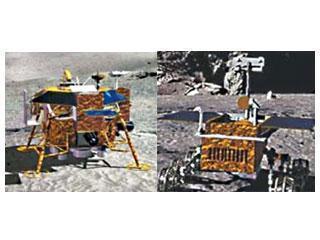
WASHINGTON (PTI): For the first time in more than a decade, five NASA Earth science missions will be launched into space in the same year, opening new and improved remote eyes to monitor our changing planet.
The five launches, including two to the International Space Station (ISS), are part of an active year for NASA Earth science researchers.
Researchers will also conduct airborne campaigns to the poles and hurricanes, develop advanced sensor technologies, and use satellite data and analytical tools to improve natural hazard and climate change preparedness, NASA said.
"As NASA prepares for future missions to an asteroid and Mars, we're focused on Earth right now," said NASA Administrator Charles Bolden.
"With five new missions set to launch in 2014, this really is shaping up to be the year of the Earth, and this focus on our home planet will make a significant difference in people's lives around the world," said Bolden.
The first NASA Earth science mission of 2014 is the Global Precipitation Measurement (GPM) Core Observatory, a joint satellite project with the Japan Aerospace Exploration Agency (JAXA).
The mission inaugurates an unprecedented international satellite constellation that will produce the first nearly global observations of rainfall and snowfall.
The GPM Core Observatory is scheduled to launch on February 27, said NASA.
In July, NASA will launch a mission to advance the understanding of carbon dioxide's role in climate change.
The Orbiting Carbon Observatory (OCO)-2 will make global measurements of carbon dioxide, the greenhouse gas that is the largest human-generated contributor to global warming.
The observations will improve understanding of natural and human-induced sources of carbon dioxide and how these emissions cycle through Earth's oceans, land and atmosphere.
OCO-2 will launch from Vandenberg Air Force Base, California, on a Delta II rocket.
With the November launch of NASA's Soil Moisture Active Passive (SMAP) mission, NASA will track Earth's water into one of its last hiding places: the soil.
SMAP will map Earth's soil moisture and provide precise indications of the soil's freeze-thaw state, to improve understanding of the cycling of water, energy and carbon.
High-resolution global maps of soil moisture produced from SMAP data will inform water resource management decisions on water availability around our planet, NASA said.
SMAP data also will aid in predictions of plant growth and agricultural productivity, weather and climate forecasts, and monitoring floods and droughts.
Two Earth science missions will be sent to the ISS this year to measure ocean winds, clouds and aerosols, marking NASA's first use of the orbiting laboratory as a 24/7 Earth-observing platform.
 Previous Article
Previous Article Next Article
Next Article













The Indian Air Force, in its flight trials evaluation report submitted before the Defence Ministry l..
view articleAn insight into the Medium Multi-Role Combat Aircraft competition...
view articleSky enthusiasts can now spot the International Space Station (ISS) commanded by Indian-American astr..
view article